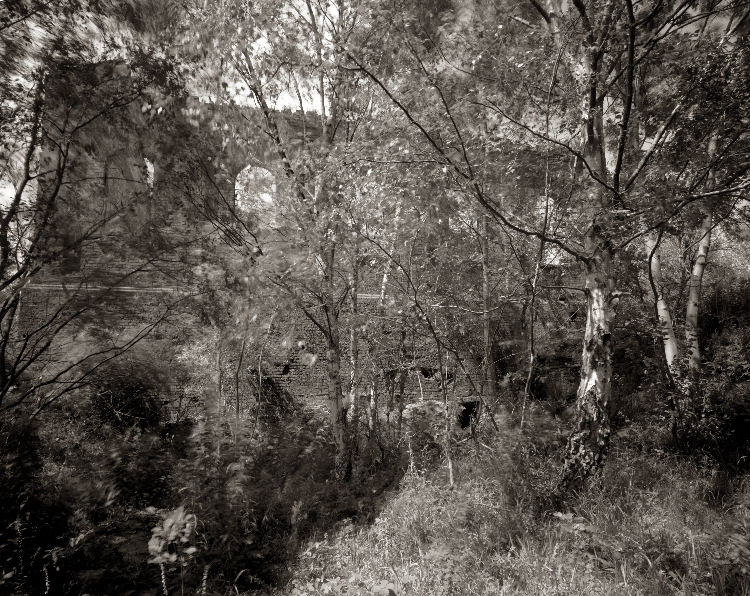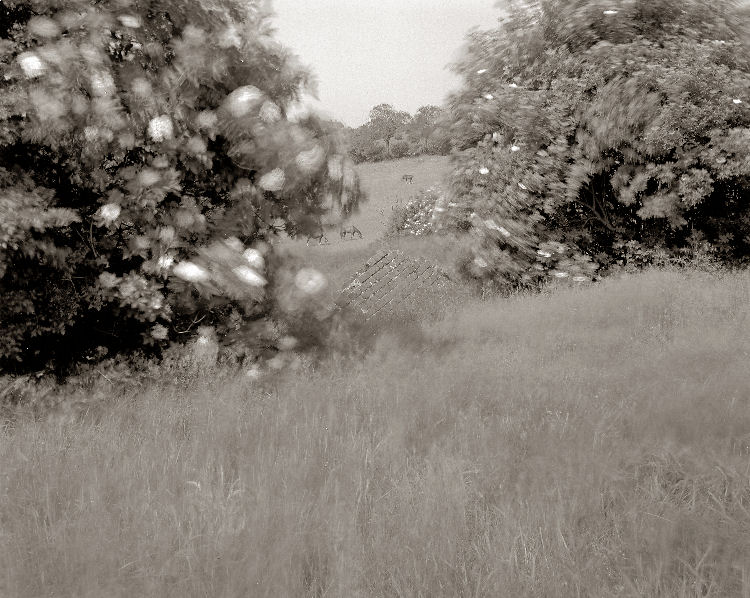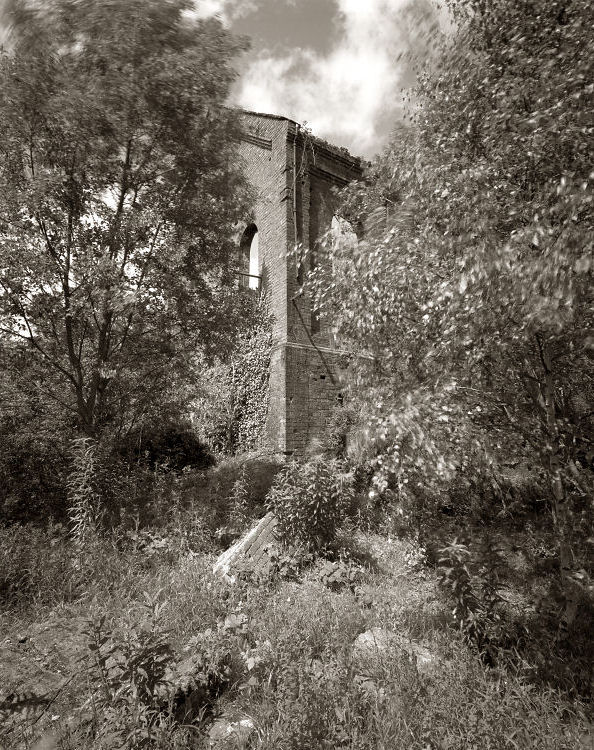- Joined
- Dec 19, 2017
- Messages
- 3,182
Each individual exposure is a significant underexposure, that underexposure increases with the number of exposures. So the individual exposures have insufficient light energy to give the expected. Think of it another way we flash paper or film with a weak white light exposure to reduce paper/film contrast but the exposure chosen is insufficient to cause base fogging as there's not enough light energy to cross the thresh-hold between unexposed and exposed.
So you'll have more reciprocity with shorter and more exposures (particularly less than 1 second). There's not really a specific rule as it'll vary film to film, number of exposures etc. There are charts somewhere for number of flash exposures or using a strobe, and it's very similar. 4 exposures give an extra half stop, 10-12 exposures I'd give a full stop extra
I've never had an under-exposure issue when I've made fragmented exposure, I've not bracketed - never used more than 1 sheet of film each time I've used the technique.
Ian
So you'll have more reciprocity with shorter and more exposures (particularly less than 1 second). There's not really a specific rule as it'll vary film to film, number of exposures etc. There are charts somewhere for number of flash exposures or using a strobe, and it's very similar. 4 exposures give an extra half stop, 10-12 exposures I'd give a full stop extra
I've never had an under-exposure issue when I've made fragmented exposure, I've not bracketed - never used more than 1 sheet of film each time I've used the technique.
Ian




